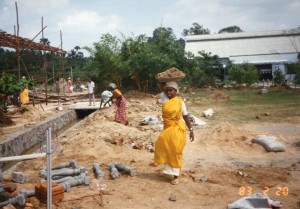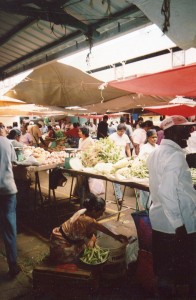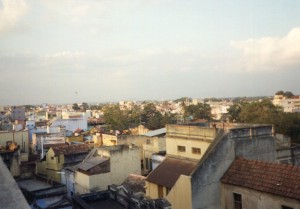India and Africa are two huge lands with exuberant cultures. Their people have regularly encountered each other since the Middle Ages or before.
We’ll explore some of their fusions in this post.
Both cultures have many points of contact. Many of their people live in extended family networks and are usually taught to respect elders. Many images from traditional village life are similar–women carrying pots on their heads, revered cattle in the fields, dusty roads with lots of children playing, homesteads full of relatives and neighbors coming and going, music with intricate rhythms, colorful religious shrines in every direction, and equally luscious bazaars.
Both people share a way of life that’s more diffuse than the modern Western nuclear family within the well-defined property lines and insulated homes.
Bollywood films began to be imported into Senegal in the 1950’s, and they became more popular than Arabic movies outside the wealthiest circles in the 1970’s. Bollywood’s lively dance scenes often resonate in Africa.
Hausa in northern Nigeria embraced Indian music and dance because they enjoyed their complex rhythms. But musical influence has also traveled in the other direction–some modern Indian dance troupes have incorporated hip hop.
Some West African societies have imported images from Indian religions. Mami Wata is a water spirit and goddess of wealth and seduction from the Gold Coast. True to her powers over what people desire, her portraits are often full of flowers, jewels and gold. Brightly colored images of profuse wealth surrounding a spiritually charged deity–welcome to India.
Vodon artists have thus adopted images of Shiva and of the monkey warrior king from the Ramayana, Hanuman. Both deities are men with a lot of power to make things happen. The man who blends physical and spiritual strength with verbal effectiveness has been a common African focus since ancient times–he’s a pillar of the community. Alpha-male Indian gods fit right in.
Both cultural landscapes are too big and diverse to be shoehorned into one system of categories. Both have many artistic traditions that celebrate what A.L. Bahsam called intense life. As more people in Africa and India do business with each other, the cultural fusions will deserve to be watched with wide eyes.





Comments on this entry are closed.